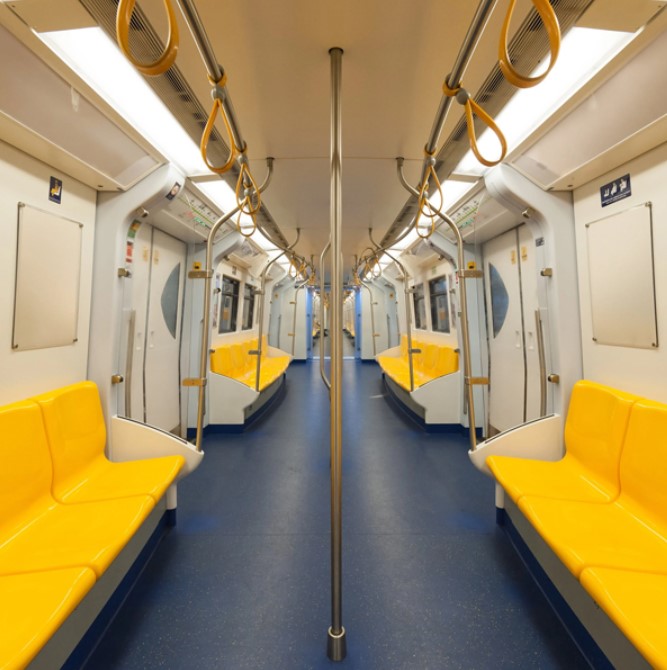A snapshot of our insights into the post pandemic world. To understand how consumers needs are changing, highlight the scenarios you need to plan for and examine what to prioritise in the brand new landscape of the New Normal. Please register for our ongoing Webinar Series : Re-think, Re-invent and Re-engage
It’s a cliché at this point to say that the future is uncertain. But it is the truth. A truth felt especially now as the world begins to navigate its collective re-opening after months in lockdown. Entering the pandemic era was met with concern, anxiety, and fear of the unknown; these same emotions meet us as we begin to exit this crisis and find ourselves in a new world, with new rules and new expectations, a world permanently marked by COVID-19. A world where FOMO has been replaced with FOGO (the fear of going out) and we question the need to ever wear pants again.
So much of the last several weeks and months has focused on how to get by right now, in the immediate term. We have learned to socialize at a distance, we have adapted to (for the most part) working from home, communities have come together to support local businesses at risk, and Amazon carries on. And so now that we know what life under lockdown looks like and feels like, and now that we have become used to (begrudgingly so or not) our new life routines, what happens next? As we begin to emerge, we may find that the familiar patterns and rhythms of our pre-pandemic lives no longer fit and are no longer suitable in helping us navigate our days. And with a vaccine potentially still at least a year away consumers will continue to adapt, finding fresh ways to survive, live and thrive in this new world. As such, brands must pay attention to these changes, and adapt themselves.

Because the pandemic has forced us to experience life remotely, one lasting legacy of COVID-19 will be the realization among consumers that we can live and work from afar, that we can experience at a distance and that being physically present is no longer a requirement. As such, expect many consumers to emerge with a growing appreciation of the costs associated with appearing in person. And while we imagine there are some parts of life in which people will prefer face to face contact – such as socializing – there are now many aspects of society that will need to prove that our physical presence is worth the effort, the time and the risk. Presence will no longer be given as freely as it once was. Our Life Under Coronavirus report expands on more themes like this.
This of course leads to greater questions. If we no longer need to be physically present for work, what happens to office spaces? What is the new arrangement of the office of the future? What of the future of business travel? And if we don’t return to our office spaces, what is the future of urban centers – urban centers which rely on the flush of daily workers to support the nearby retail shops and restaurants? Will there be a reversal of the urbanization we have seen in recent years? And, if we are no longer commuting into our office spaces daily, what is the future of mobility? Will we ever feel comfortable utilizing public transportation again? And if we shift toward personal mobility solutions – what is the environmental impact of this?
Millennials have now lived through two global crises in their adult lives – a global economic collapse and now, a pandemic. The impact of this will further alienate this generation from the typical life patterns of previous generations. The financial detriment of this crisis will continue to have effects on the ability of Millennials to buy homes, save for retirement or potentially, start families. Gen Z have now experienced their first global crisis just as they are coming of age, graduating, and looking for jobs. This experience will fundamentally shape this generation’s view on life, work and consumption. The future will be shaped by the experiences of these generations, so it is vital to understand how their priorities have shifted.
At Foresight Factory we have been tracking changes to consumers’ lives for more than two decades. Through the emergence of new technologies, a global economic crisis, political divisions and now a global pandemic, we are utilizing our expertise and insight into consumers lives to help businesses and brands navigate their way through these storms.
Our webinar series: Re-think, Re-invent and Re-engage continues with a look at the consumer trends which have been boosted and paused by the pandemic and what this means for business. Over the course of the series we’ll delve into future of sustainability, show you how to reach consumers in a post pandemic world and evaluate the new consumer behaviours brands must meet. We’ll answer your key strategic questions about the path to the future, but also enable and empower you with the insights and context you need to create answers and solutions of your own.
We hope you will join us.